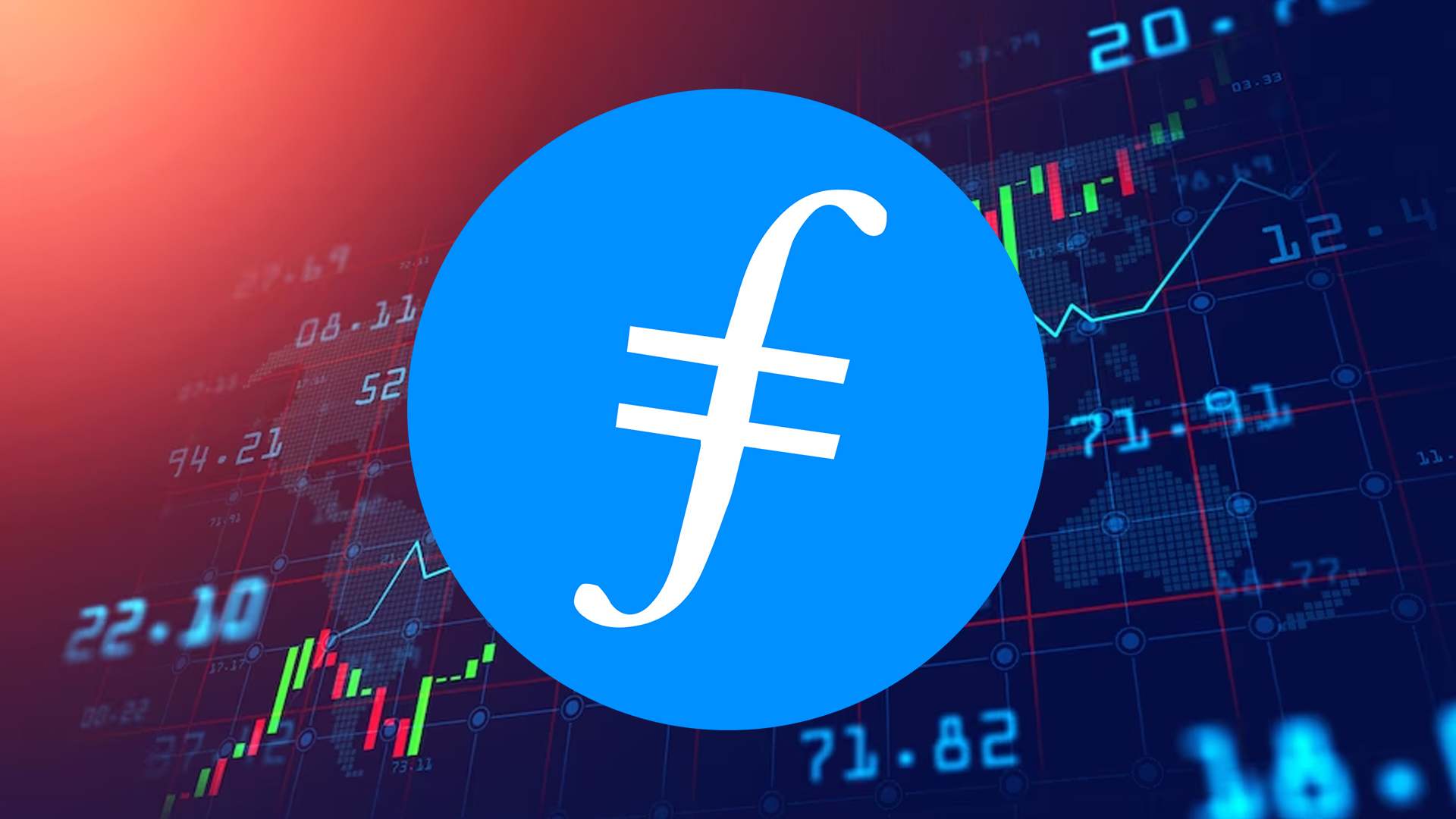- The ICO is a crowdfunding tool, with which investors receive unique tokens.
- Filecoin’s decentralised storage network uses blockchain technology and cryptography.
The goal of Filecoin’s 2017 initial coin offering (ICO) was to raise money for the creation of its decentralised storage network. The goal of the project was to establish a marketplace where users could trade storage space for the native cryptocurrency Filecoin (FIL). In order to raise the funds required to realize its goal of decentralized storage, Filecoin used the ICO as a crowdfunding tool.
What Does “Initial Coin Offering” Mean?
ICOs are merely one more form of virtual currency or cryptocurrency that businesses use to raise money. Through ICO trading platforms, investors receive distinctive cryptocurrency “tokens” in exchange for their financial shareholders’ investment. A virtual ticket or token is created and sold in this sort of crowdfunding in order to raise money for the advancement of a project.
This unique token serves as a means of exchange and gives investors access to particular features of the enterprise of the issuing organisation. Such tokens are unique in that they help finance open platform programs that would otherwise be challenging to sponsor via conventional means.
A set amount of Filecoin tokens were sold to investors during the ICO in return for a variety of cryptocurrencies, primarily Bitcoin (BTC) and Ethereum (ETH). The tokens served as an investment in the ecosystem and future Filecoin network. By sending their contributions to the authorised wallet addresses, investors took part in the ICO and were rewarded with a set number of Filecoin tokens based on their investment.
What Makes Filecoin’s ICO Desirable?
Filecoin’s ICO attracted a lot of interest and raised a sizable amount of money. In actuality, it turned out to be one of the biggest and most prosperous token auctions ever. The ICO attracted both individual and institutional investors and raised about $257 Million in cryptocurrencies. Its success demonstrated the significant demand for decentralised storage options and the potential of blockchain technology to transform current data storage practices.
A Network for Filecoins
Filecoin concentrated on creating and implementing its decentralised storage network after the ICO. Decentralized data storage and retrieval is made possible by the network’s use of blockchain technology and cryptography, which is available to both individuals and organizations. It runs on a peer-to-peer network of storage providers that exchanges tokens for Filecoins for the usage of their excess storage space.
The marketplace for storage services is one of Filecoin’s network’s distinguishing characteristics. Tokens for Filecoin can be used by users to pay for storage space from networked storage providers. With providers receiving Filecoin tokens for their storage contributions, the market uses economic incentives to ensure the effective allocation of storage resources. By enhancing data privacy, security, and redundancy, this decentralised marketplace offers an alternative to centralised cloud storage providers.
Conclusion
The project has been constantly growing and extending its ecosystem since the ICO and the start of the Filecoin network. Developers, companies, and individuals looking for decentralised storage solutions have shown interest in Filecoin. The network’s scalability, usability, and compatibility with other blockchain projects are currently improving.
